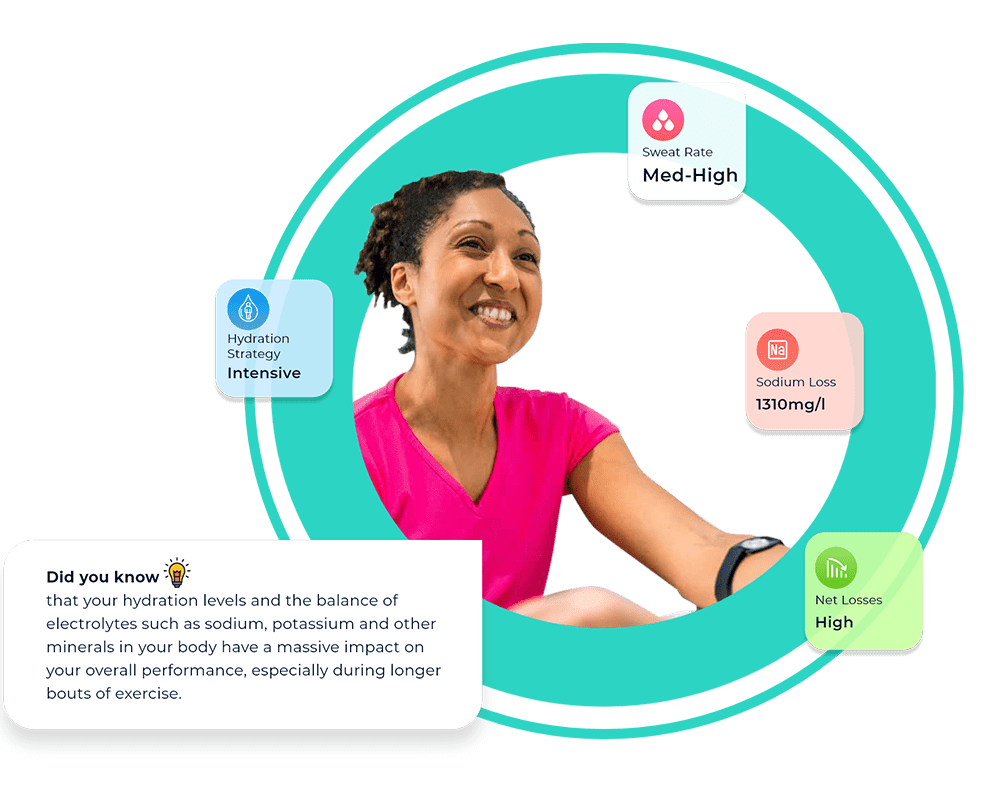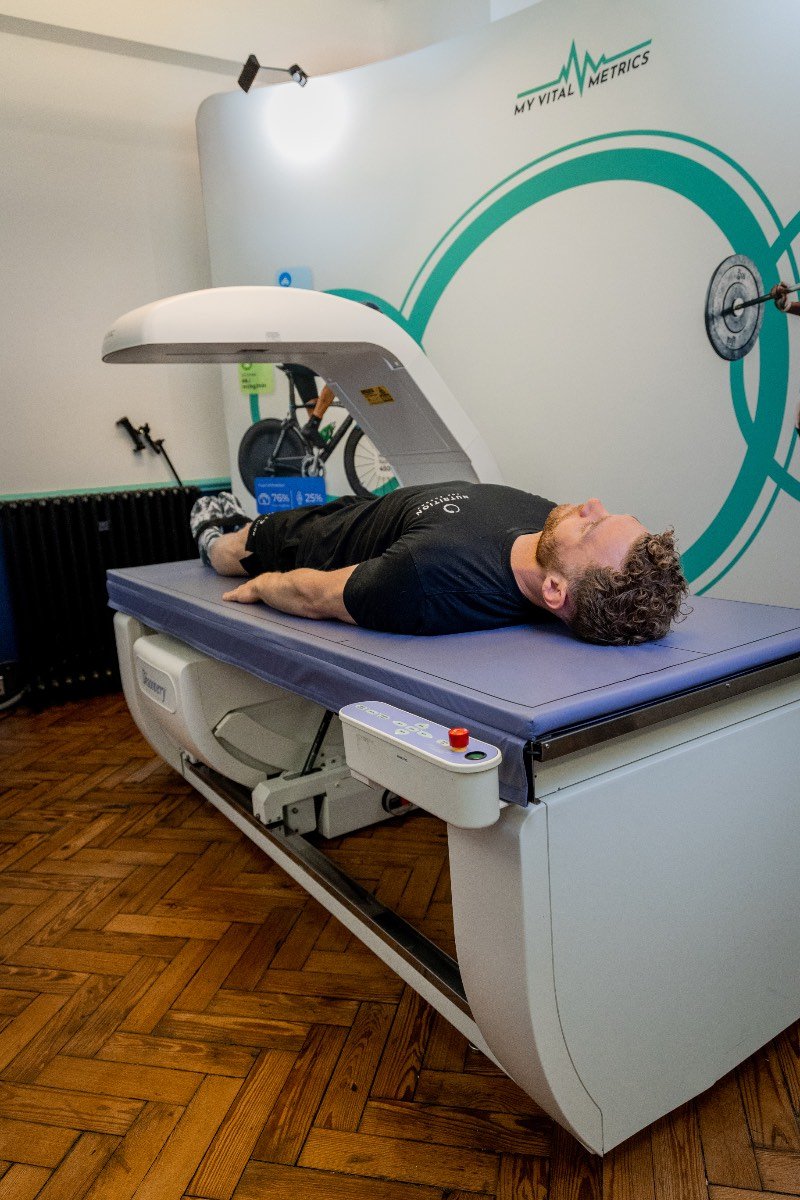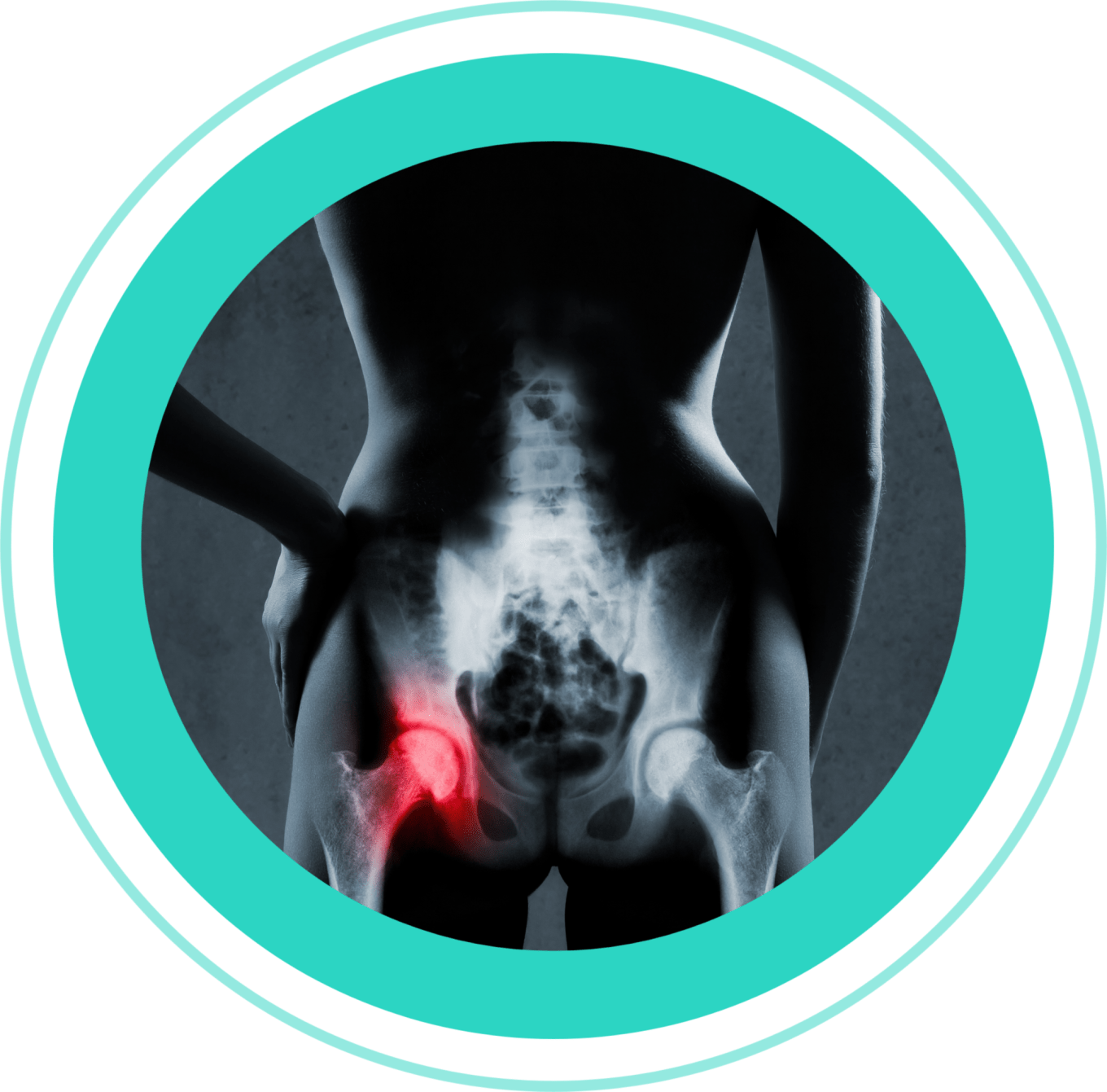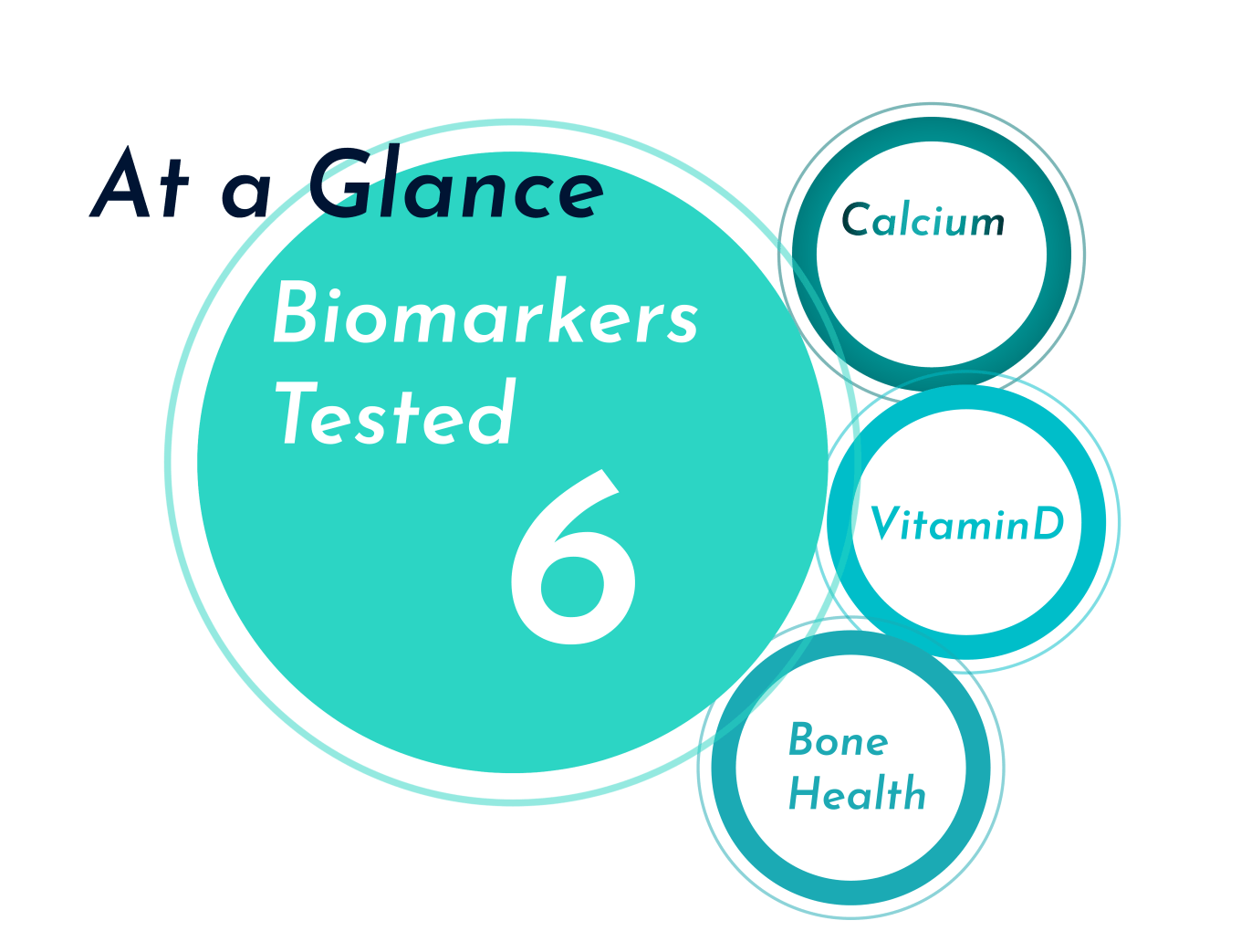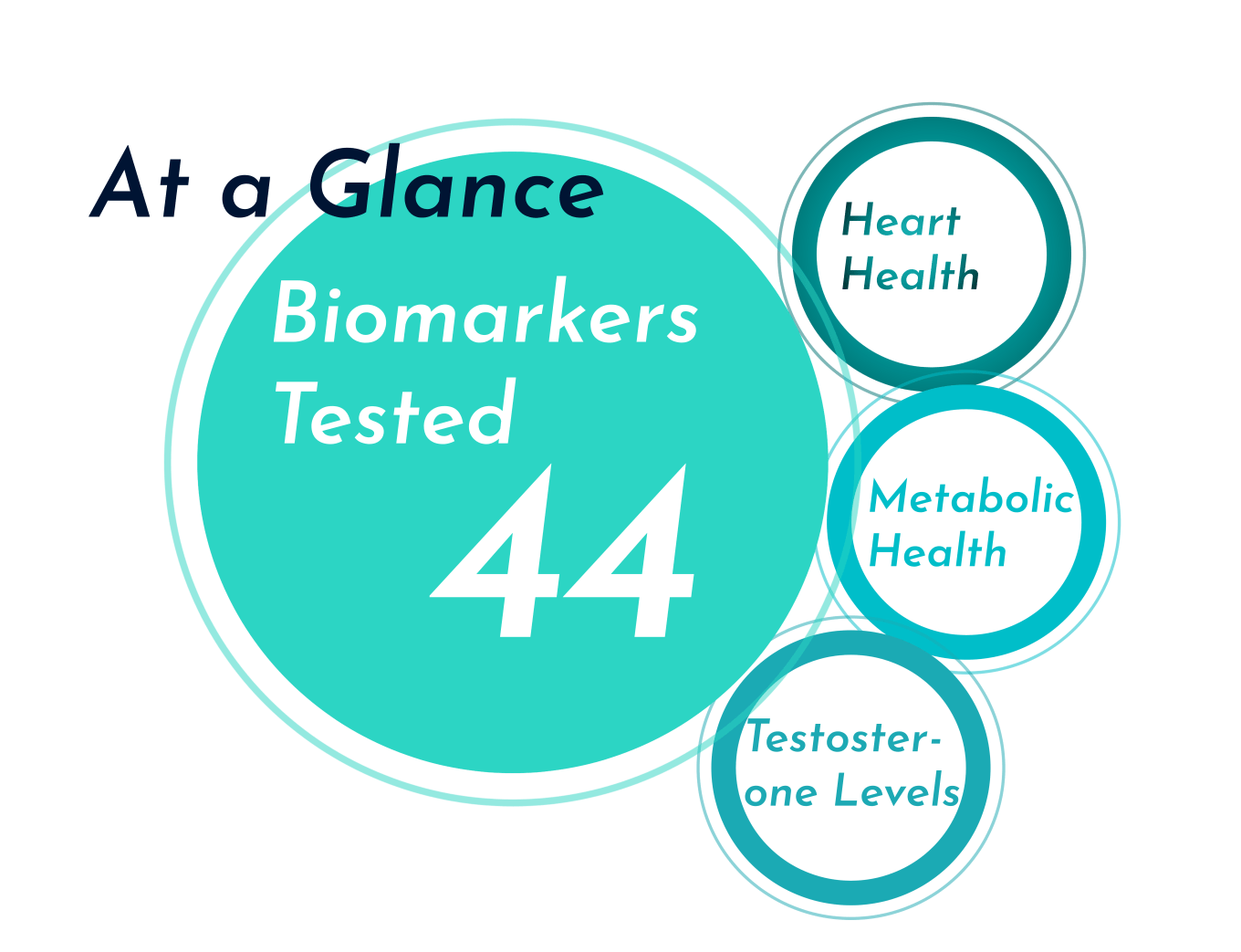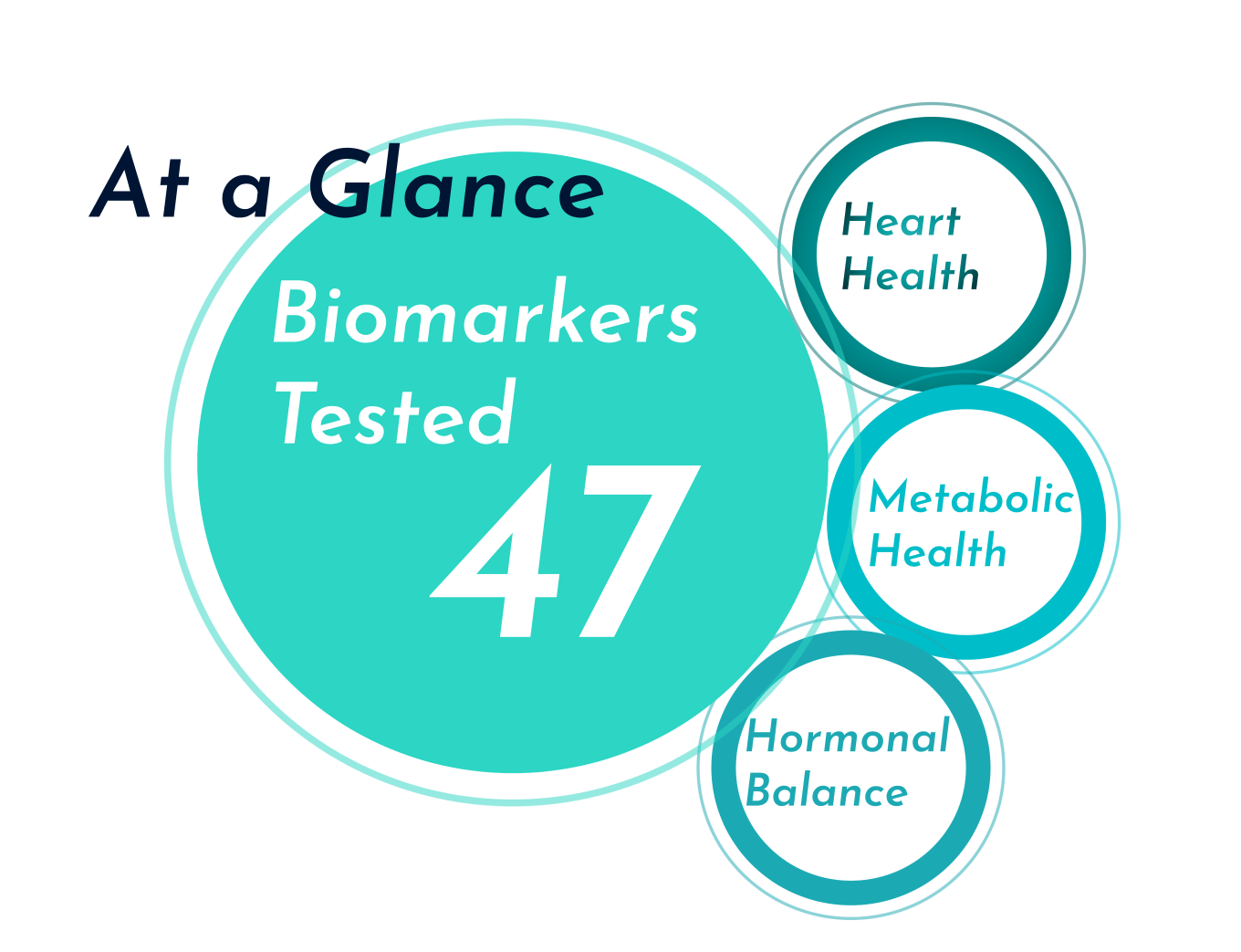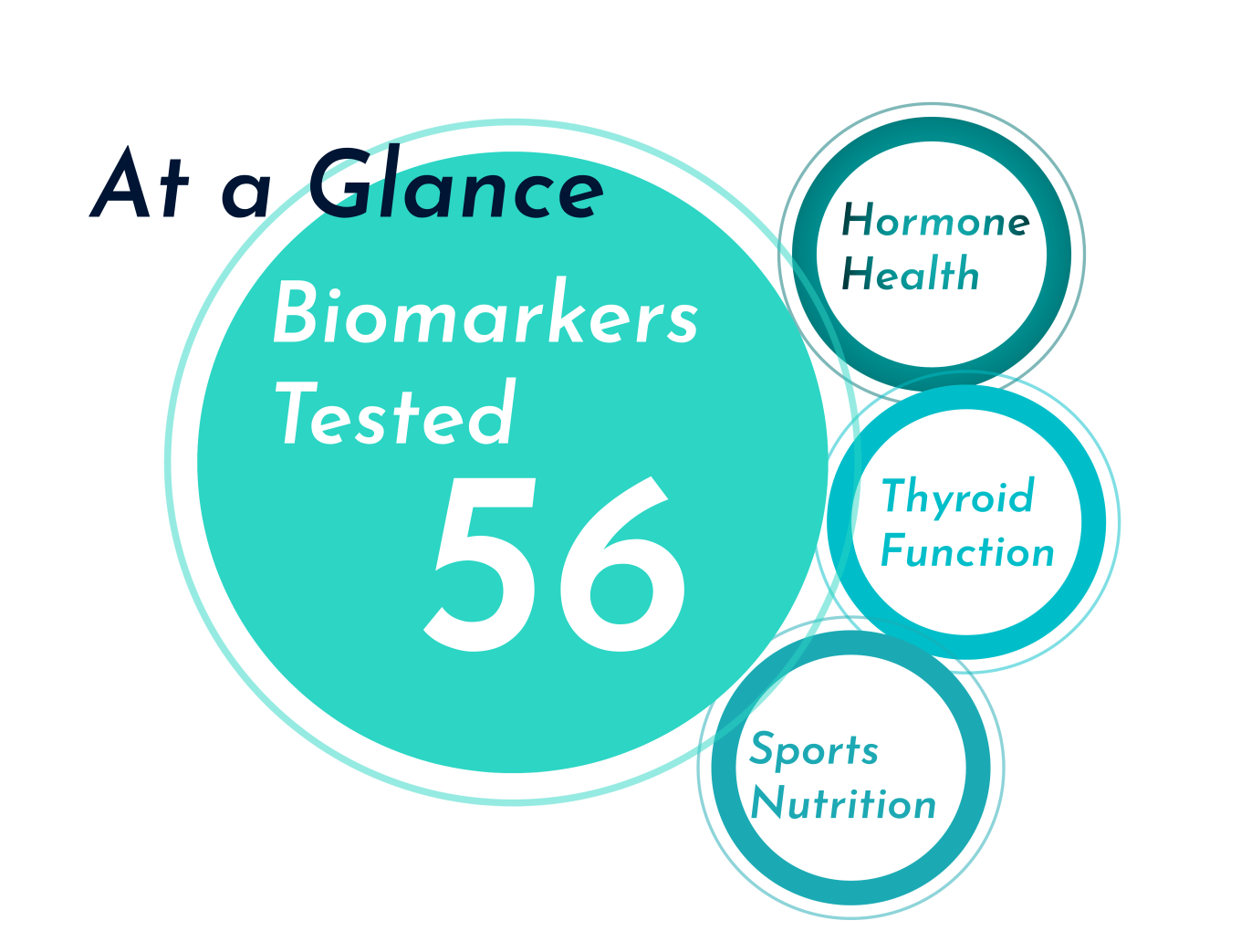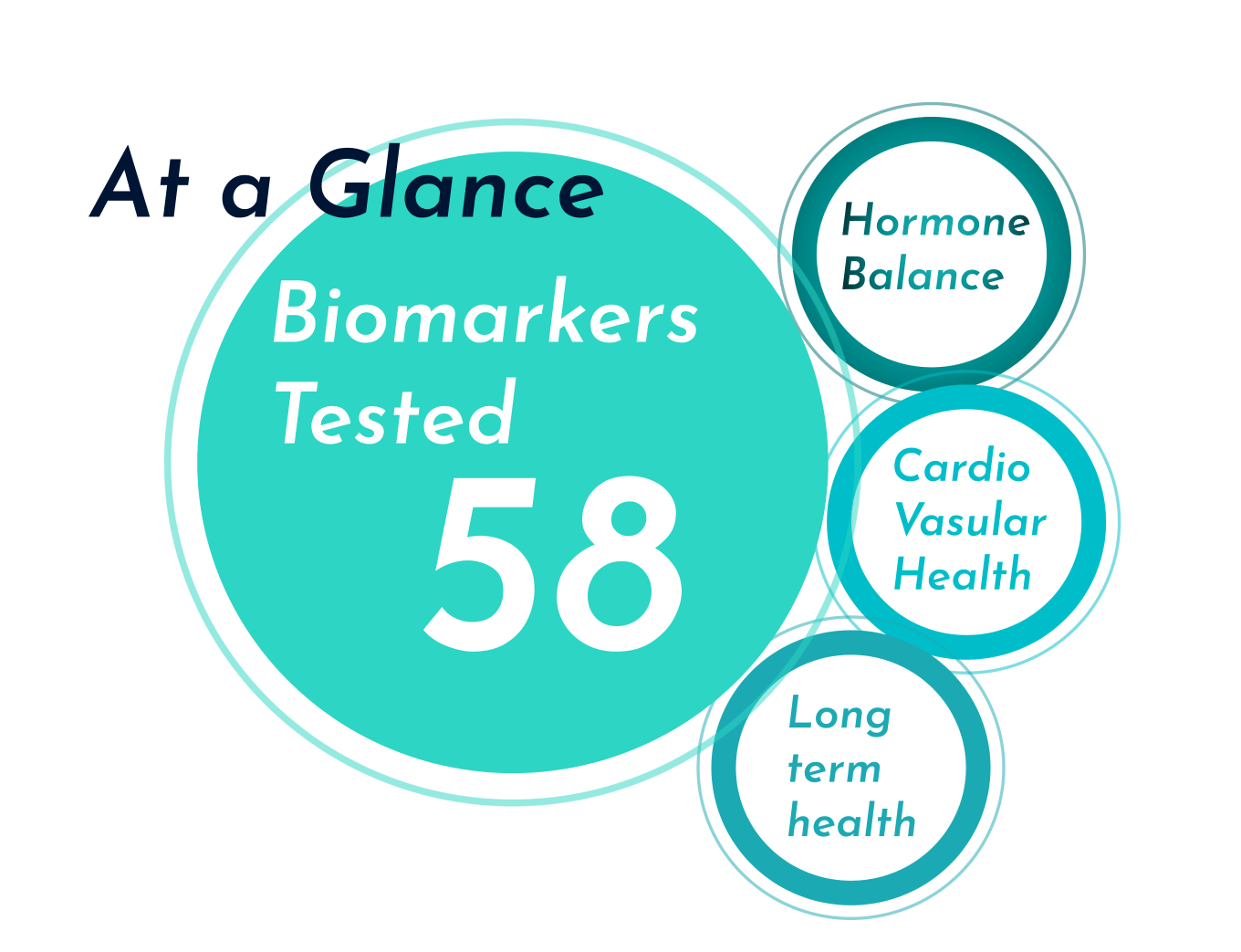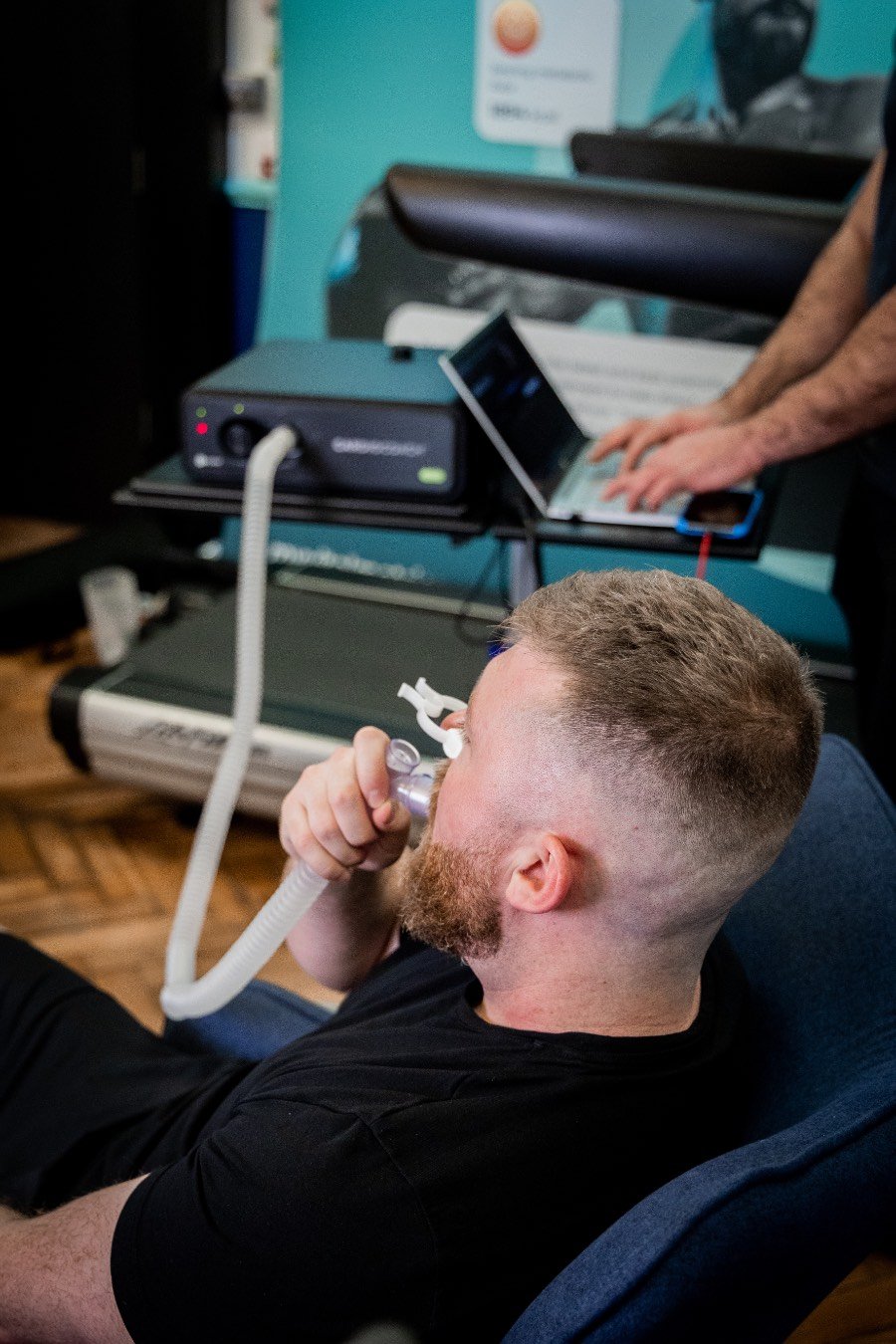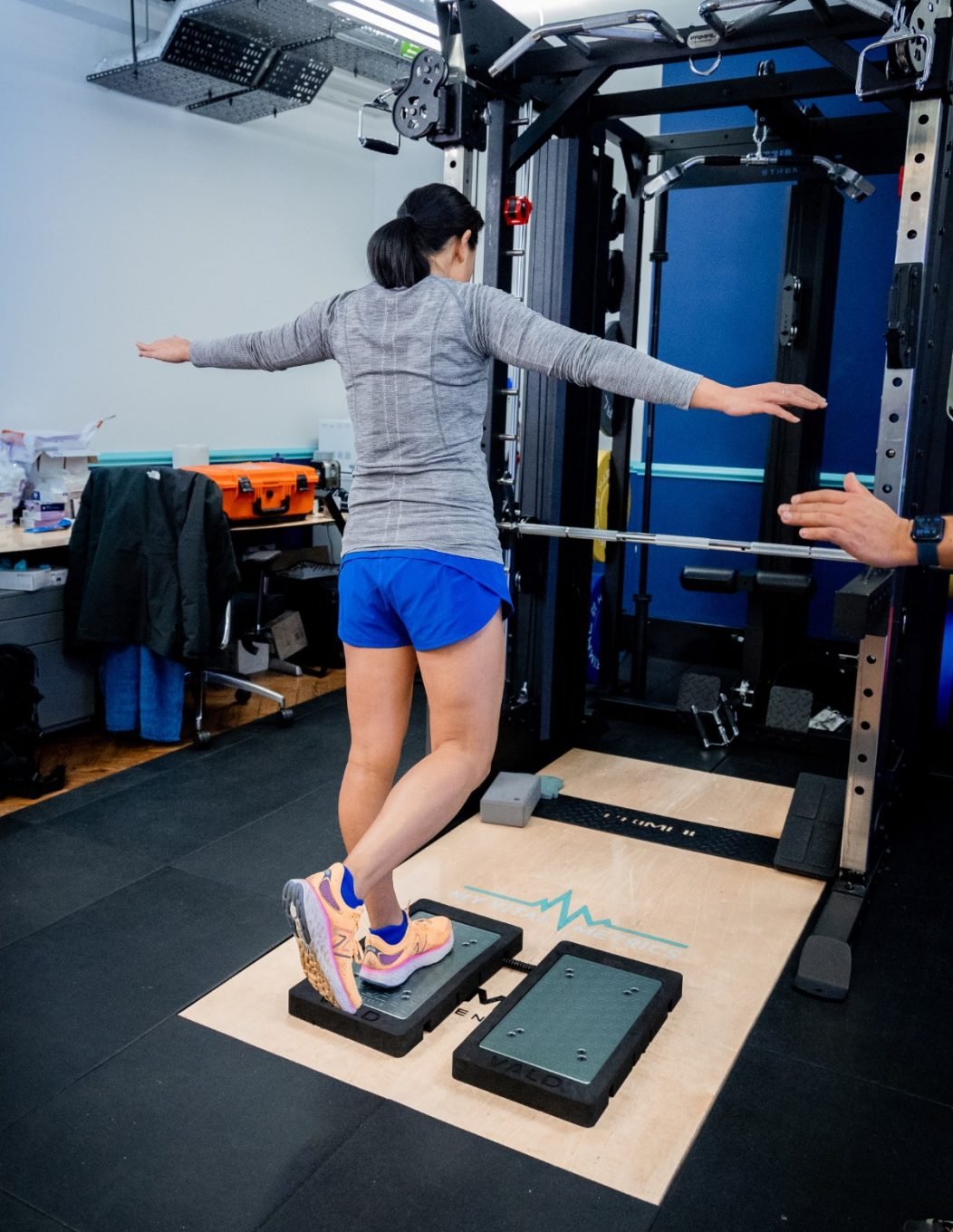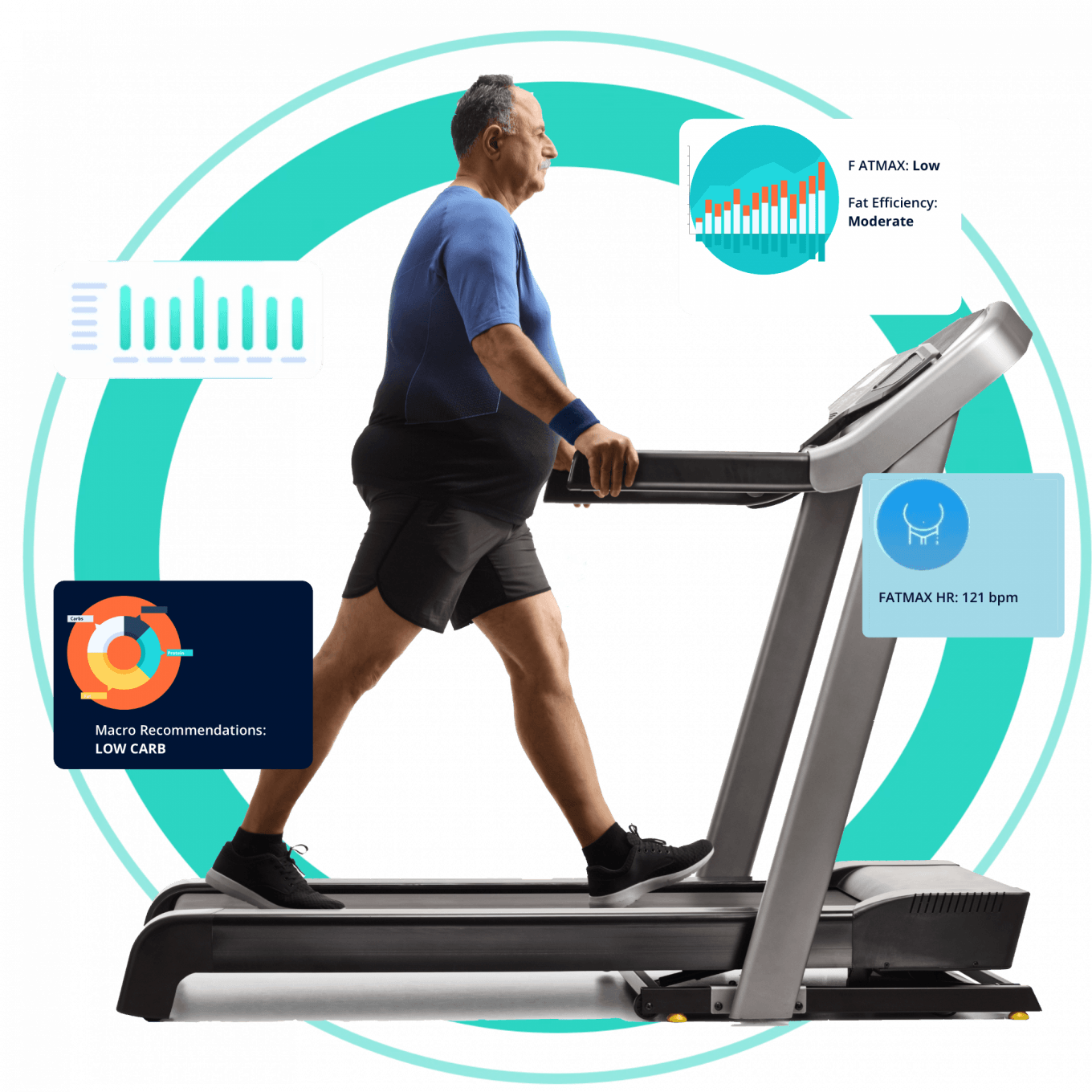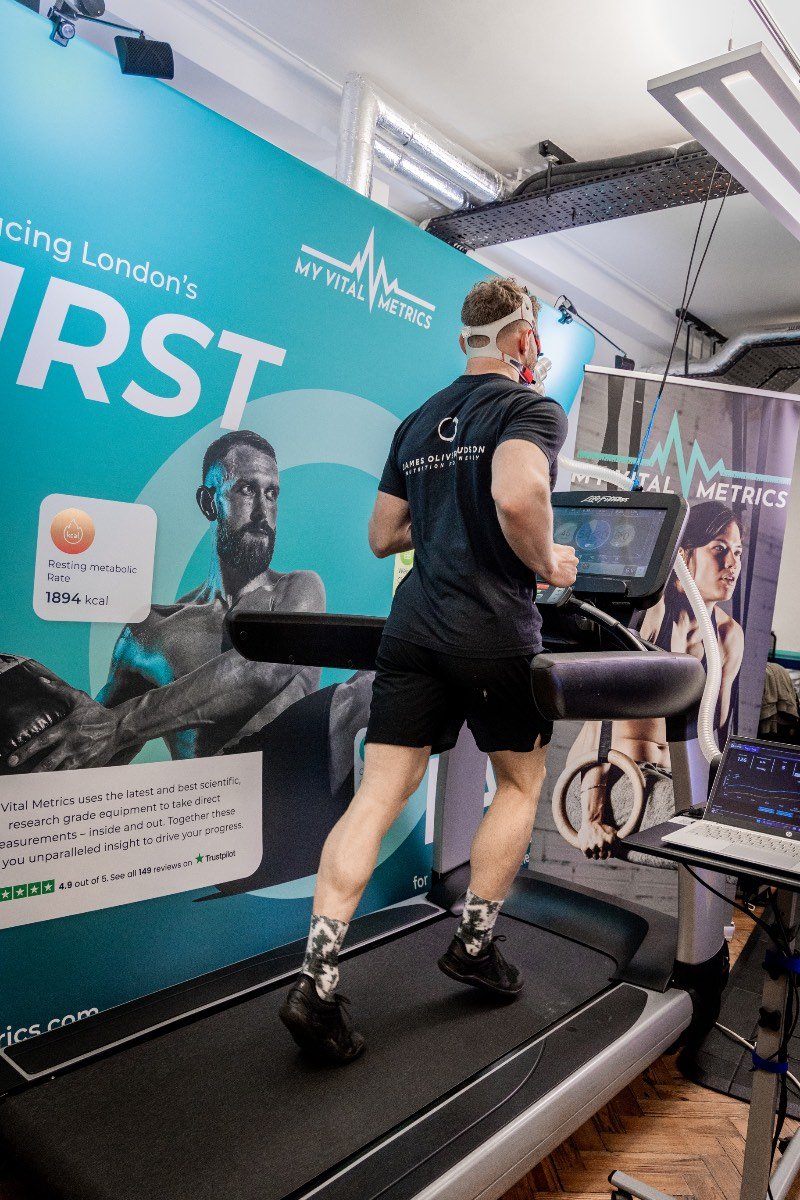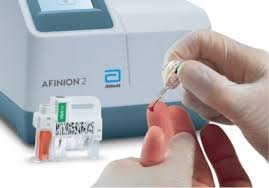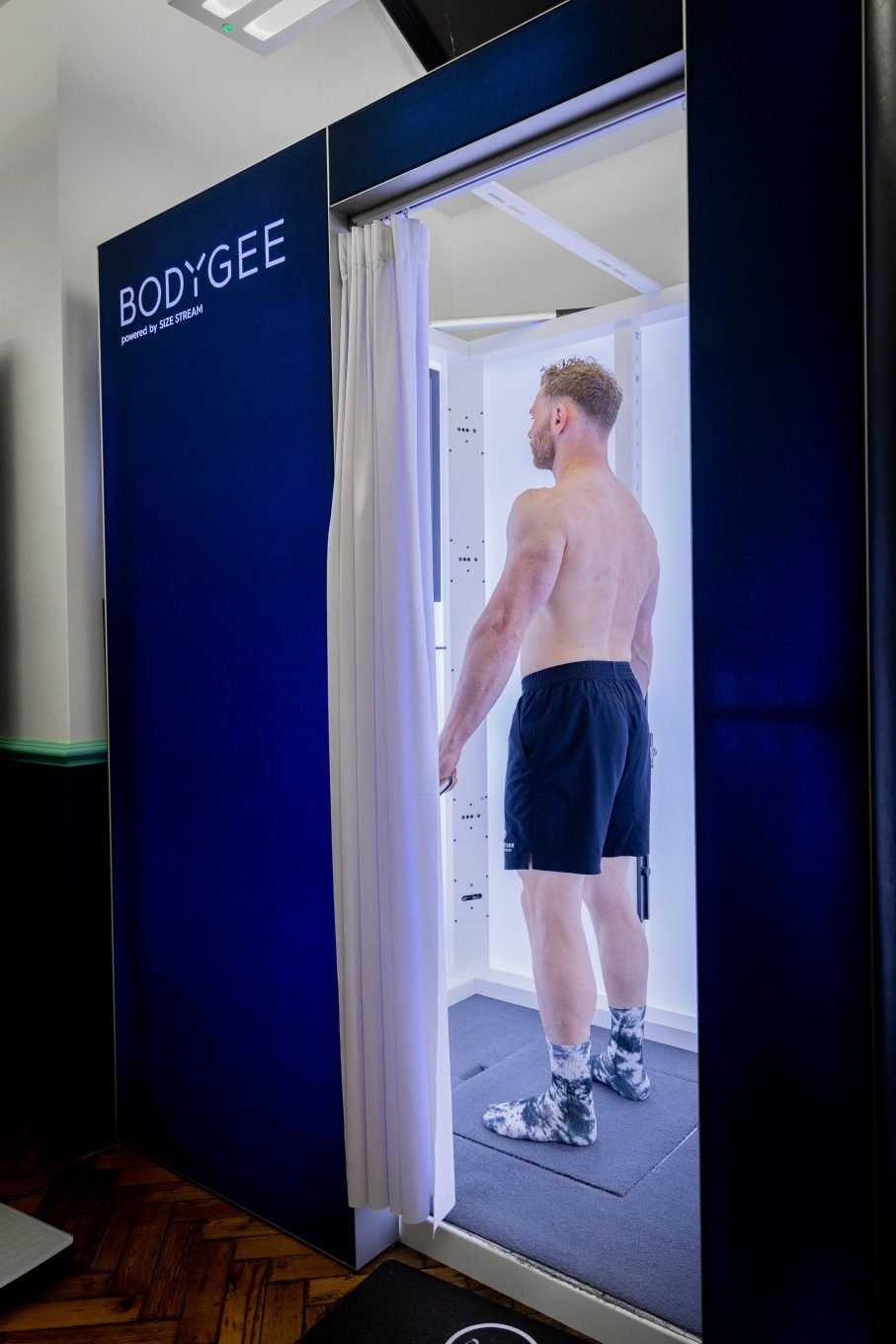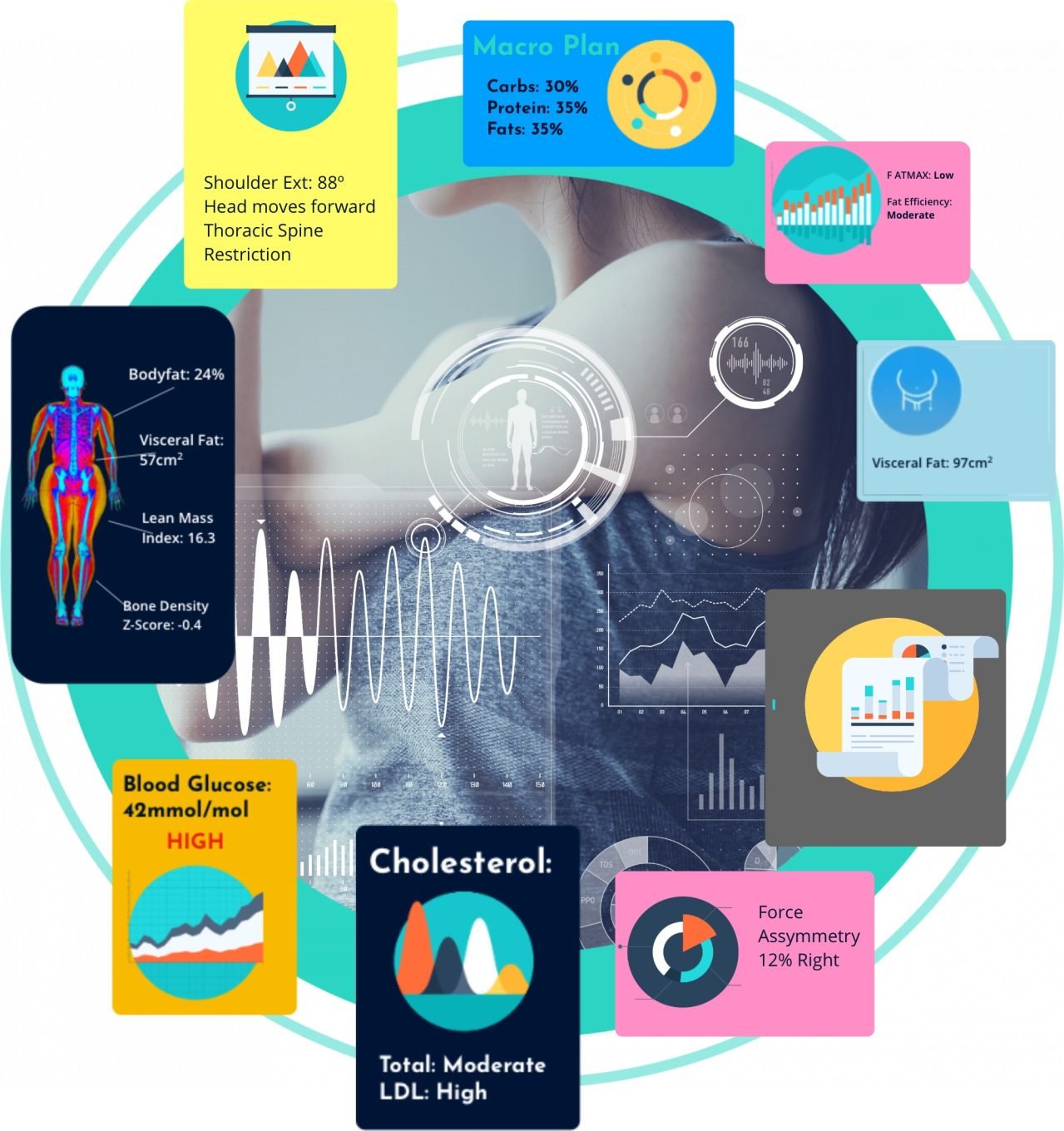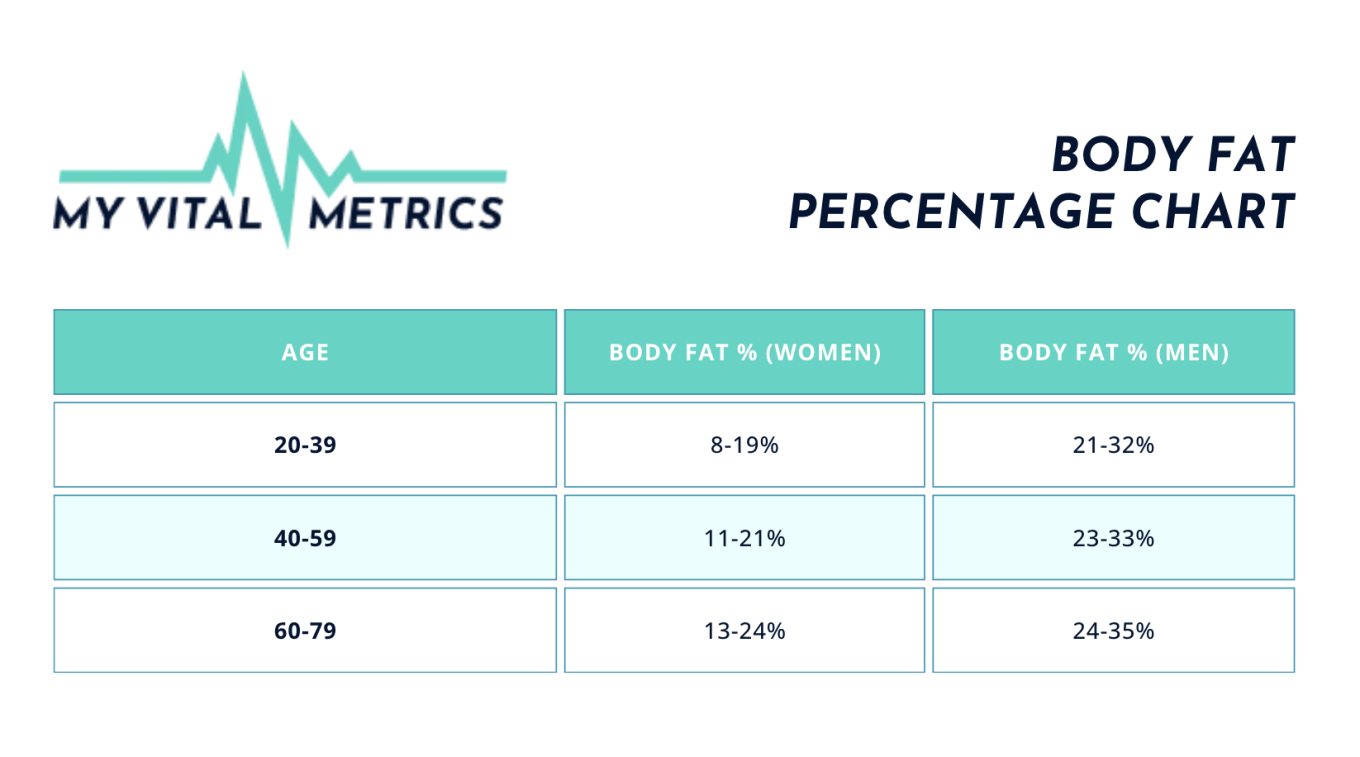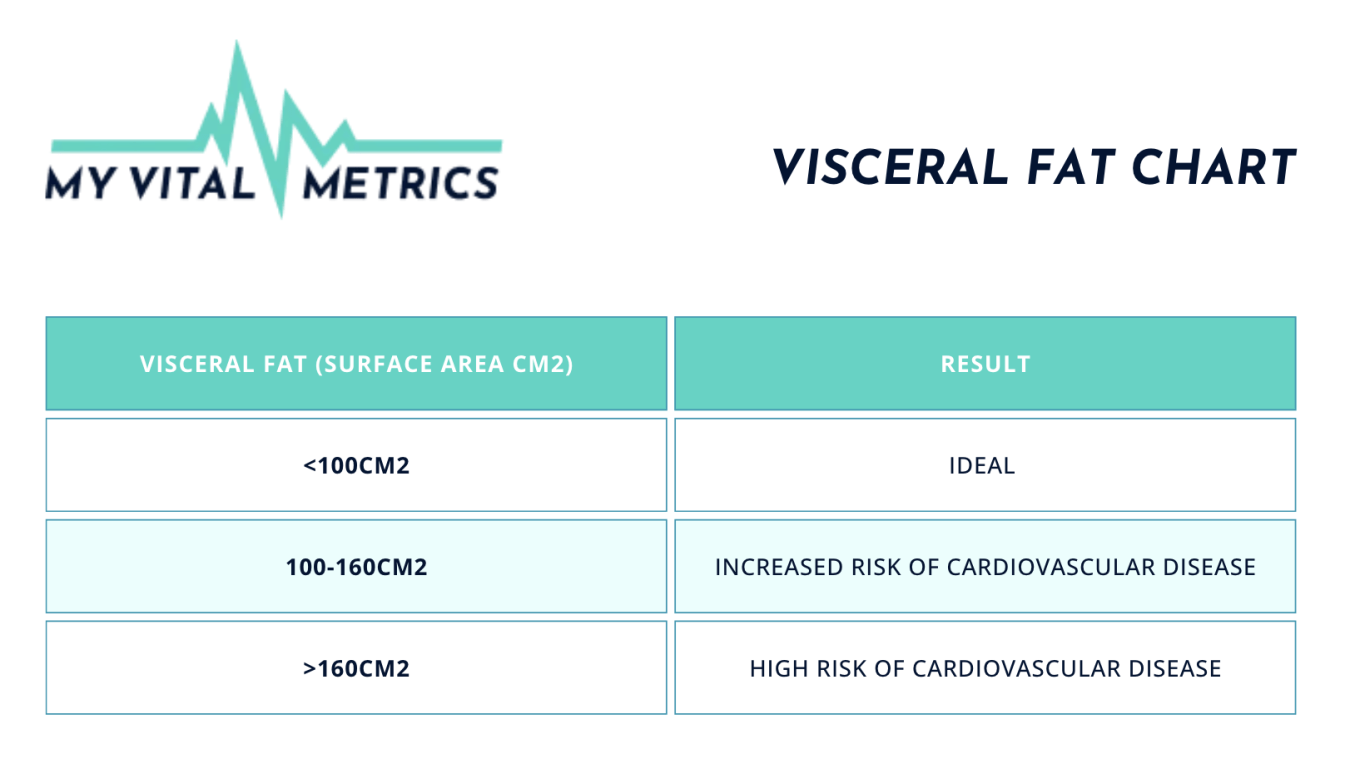Why is body composition important?
While your weight on the scale could stay the same, changes in body composition can have a huge impact on your health, fitness, and well-being. Let’s take a look at how body composition can affect each of these three areas in turn.
Body composition for health
First and foremost, body composition (particularly lean mass) is a key predictor of overall health and longevity. Muscle mass index (muscle mass in relation to height) is inversely correlated with mortality by all causes in older adults.
A healthy body composition (which will vary from person to person, but is typically characterised by body fat and visceral fat percentages falling within ideal ranges and a high proportion of fat-free mass) can help reduce the risk of:
It’s important to note that a high body fat percentage can increase the risk of cardiovascular disease and metabolic syndrome even among people of a normal weight. One possible explanation for such findings is that high levels of visceral fat, estimated via higher waist measurements and waist-to-hip ratios, have been associated with increased mortality, independent of BMI measurement.
If you’re looking to decrease your body fat percentage, lower your visceral fat, or lose weight, it’s important to consider the importance of maintaining lean mass as you do so. Resistance and endurance exercises, in particular, can be a great way to maintain muscle mass throughout weight loss.
Body composition for fitness
Secondly, body composition plays a crucial role in overall fitness and athletic performance, and can be a powerful tool for athletes looking to achieve peak performance.
An “ideal” body composition will vary depending on the sport and athlete in question. For example, a high level of lean mass can contribute to increased strength and power and is important for sports in which a high level of force needs to be generated quickly.
Similarly, lean body mass can benefit an athlete’s speed and agility. Low levels of body fat can benefit athletes in sports that require high levels of flexibility (such as gymnastics, dance, and diving), as well as endurance, such as long-distance athletes.
For athletes in sports that require a high power-to-mass ratio – such as gymnasts, wrestlers, mixed martial artists, boxers, and weightlifters – maintaining a high muscle mass and lower body fat mass can be beneficial to performance.
Regardless of the sport or activity, a combination of high lean mass and low fat mass is generally positively correlated with improved athletic performance.
For those looking to improve their health and fitness by getting more active, increasing activity levels can help to reduce the negative impact of high weight on health and reduce the risk of disease by increasing cardiorespiratory fitness.
Body composition for wellbeing
Finally, body composition contributes (positively or negatively) to our overall well-being and mental health. Research has suggested that a high level of body fat may increase the risk of:
The good news is that many of the behavioural changes that help to improve our mental health and general well-being are also changes that can benefit our physical health: regular exercise, getting enough sleep, and eating regular healthy meals.
Types of body composition tests
Body composition tests are a type of health and fitness testing. Let’s take a look at some popular methods of measuring body composition:
DEXA scan for body composition
The DEXA scan is considered the gold standard in body composition analysis and has a very high level of accuracy.
DEXA stands for dual-energy X-ray absorptiometry and describes the method by which the test measures body composition – through two, low-energy X-ray beams passed through the body.
Using a three-component model of body composition analysis, a DEXA scan can inform you of levels of fat mass, visceral fat, lean mass, muscle mass, and bone density, as well as your android: gynoid ratio. This is possible since the DEXA looks not only at how much fat and muscle is present in your body but also at where it is located.
Bioelectrical impedance analysis
Bioelectrical impedance analysis (BEI) is a two-compartment model of body composition that employs a low-level electrical current to measure fat mass and fat-free mass in the body.
You might be familiar with BEI technology through your home smart scale that measures body fat (which typically measures from foot to foot) or gym scale (which measures from hand to foot using a handheld component).
BEI is incredibly safe and can offer a quick and accessible snapshot of your body composition, informing you of your overall body fat mass, body fat percentage, fat-free mass, and fat-free mass percentage.
However, BEI analysis can’t offer insight into your bone density, lean vs. muscle mass, or visceral fat, and isn’t as accurate as a three-component measure of body composition, such as the DEXA scan.
Skinfold callipers
A skinfold test uses skinfold callipers to measure skinfold thickness, and these measurements can then be used to estimate body fat percentage.
Skinfold tests are an accessible method of measuring body fat, as they can be easily carried out by a personal trainer or at home. However, callipers are less accurate than other body composition measures such as a DEXA scan, and measurements can vary based on hydration, the skill level of the person taking the measurements, and where on the body fat is located.
Air displacement (Bod Pod)
Air displacement plethysmography – commonly carried out using a piece of equipment called a Bod Pod – is a type of body composition testing that can measure weight, body fat percentage, and fat-free mass. Like bioelectrical impedance analysis, air displacement uses a two-component model of body composition.
Air displacement works by measuring the amount of air displaced from an enclosed chamber when the test-taker sits in it. Then, based on the test-taker’s body volume, Boyle’s Law is used to estimate the breakdown of lean mass and fat mass present inside the chamber – that is, the body composition of the test-taker’s body.
The Bod Pod is an efficient method of quickly gaining insights into your overall body composition. However, it is not able to measure levels of visceral fat, and accuracy can be lost if the provider of the test doesn’t take your lung capacity into account when calculating the results.
Discover your body composition today at My Vital Metrics
Are you ready to unlock the secrets of your body composition and inform positive changes for your health, fitness, and well-being?
Here at My Vital Metrics we employ the gold standard in body composition testing, the DEXA scan for body composition.
To find out more about how body composition testing can transform your health, fitness, and well-being, reach out to My Vital Metrics to schedule a free fitness consultation today!
